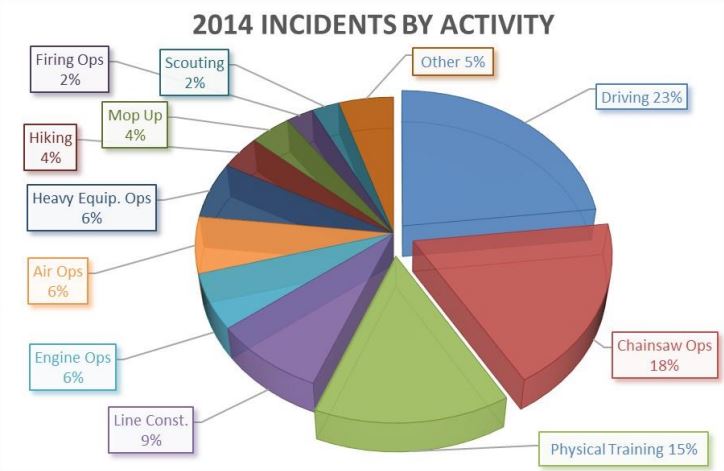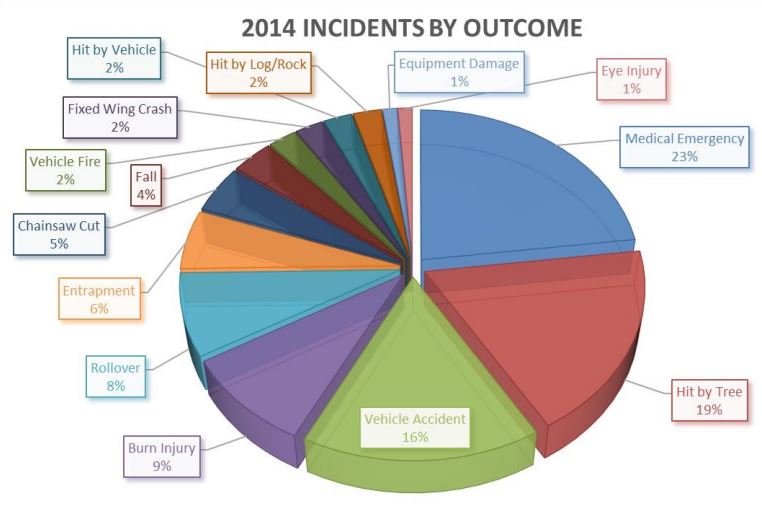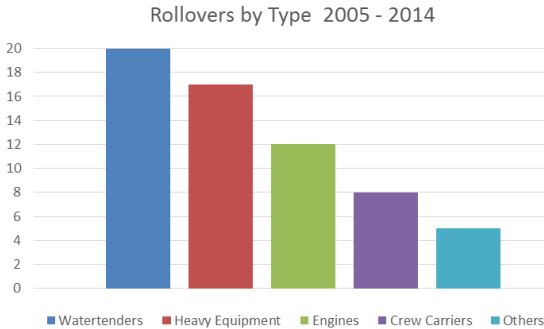A student working on her PhD at the University of Iowa wrote her dissertation in 2010 after studying the records of injuries to wildland firefighters. Carla Lea Britton titled her paper “Risk factors for injury among federal wildland firefighters“. We will not attempt to summarize the entire document, but below are some quotes that we thought were interesting in the Conclusions section:
****
P. 67: The wildland fire community should expand its focus beyond the investigation of fatalities and embrace new methodologies to evaluate and mitigate the impact of non-fatal occupational injuries in wildland fire.
P. 70: Comprehensive surveillance: The resources currently available to estimate and evaluate the burden of injury in firefighters are found in a diversity of situations and are not, in many cases, suitable for linking. Fire managers should work toward developing a new comprehensive occupational injury surveillance system to capture fire-related injuries, illness and fatalities across the spectrum of wild- and prescribed fires, training activities and types of employment.
P. 70-71: Partnerships: Guidance on the safety and health of wildland firefighters is provided by the NWCG’s Safety and Health Working Team (SHWT). The SHWT’s mission is to improve health and safety through workforce development, leadership and the development of standards using data collection and analysis to validate and prioritize safety issues. While the mission is commendable, the SHWT lacks both the resources and expertise to fully realize its goal. The SHWT is comprised of representatives from the NWCG member agencies. Most of the committee members are the national-level fire safety managers for the agencies they represent. While all have extensive backgrounds in fire suppression, few, if any, have any formal training in occupational health and safety. The SHWT should actively pursue partnerships with either the National Institute for Occupational Safety and Health or with university-based researchers to provide additional expertise, particularly in the area of injury epidemiology and prevention, topics on which there have been little research emphasis in the past.
P. 71-72: This project has shown that, even with sub-optimal data collected for other purposes, systematic evaluation of existing data can provide useful hints for prevention and point to areas where further inquiry is likely to be fertile. To move forward, the wildland fire community needs to commit to using existing data to the best advantage possible and to developing new surveillance methods to provide comprehensive information about all wildland firefighter injuries and their circumstances.
****
Thanks and a tip of the hat go out to Kevin.


 It would be interesting to know how many of the rollovers of water tenders, engines, and crew carriers involved vehicles that were over the allowed weight (GVW) or were top-heavy. In other words — were they disasters waiting to happen.
It would be interesting to know how many of the rollovers of water tenders, engines, and crew carriers involved vehicles that were over the allowed weight (GVW) or were top-heavy. In other words — were they disasters waiting to happen.



